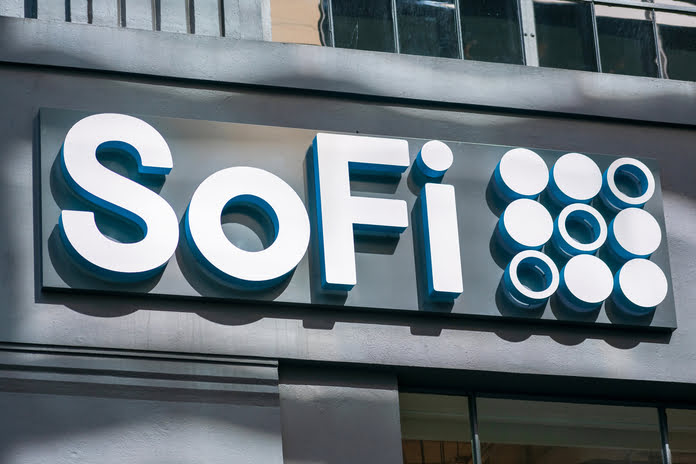Didn’t we all buy SoFi (NASDAQ:SOFI) to earn money? As a result, its decline has been exacerbated by a significant contraction in market interest for ‘riskier’ assets in periphery areas such as fintech. This is especially true given that the company has maintained its financial projections. In contrast, the underlying demand for its financial solutions remains as robust as ever. SoFi presently has over four million clients and offers a variety of financial products such as bank accounts, personal loans, insurance, and vehicle loan refinancing. After student debt refinancing, the firm’s last magnum opus and the basis for its inception were disrupted by what now appears to be a nearly 3-year extension of the student loan repayment moratorium, the company has rapidly expanded into other verticals.
This market is effectively paralyzed and being utilized for political purposes. As a result, I was astonished when SoFi released its fiscal 2022 earnings. Its stock price reacted by 28% in one of the company’s largest intraday swings in history. The same market had driven shares to fresh all-time lows only a few weeks ago. This was strange because SoFi had successfully applied for a national bank charter, offered additional products to diversify its revenue stream, and increased its emphasis on high-quality underwriting loans.
However, with SoftBank (OTCPK:SFTBY) intending to sell some or all of its 9% holding in SoFi, the shares have retraced slightly from their fresh 3-month high. Investors would be wise to ignore short-term stock price fluctuations and focus on the long-term implications of SoFi’s solid revenue growth and growing profitability. SoftBank’s decision to sell its interest is part of a larger strategy to shore up its balance sheet following a loss of approximately 2.93 trillion Japanese yen ($21.68 billion) on its Vision Fund investment business.
Fiscal 2022 Guidance Increased as Net Financials Come In Ahead of Estimates
SoFi’s bulls were correct in their assessment that the bank charter has resulted in a multifaceted improvement in fundamentals. The company reported earnings for its fiscal 2022 second quarter, with revenue of $356.09 million, a 50% increase over the previous quarter, and an $11.62 million beat on consensus projections. SoFi’s membership increased to 4.3 million during the quarter, with 450,000 new members joining. The number of lending and financial services products selected by members increased by 79% to 6.56 million, representing a year-over-year increase of roughly 69%.
SoFi boosted its fiscal 2022 revenue projection from $1.508 billion to $1.513 billion, a $3 million increase above previous guidance. Adjusted EBITDA was positive at $20 million for the quarter, up from $11 million in the last quarter and by 122% sequentially. This was a $5 million bet at the high end of the guidance range of $5 million to $15 million. Adjusted EBITDA was also raised to between $104 million and $109 million, a $4 million increase over the earlier estimate.
It’s crucial to emphasize that the new advice assumes the student loan repayment moratorium will remain in effect for the rest of the year. The current forecast expects it will be extended until the end of December 2022. It might be prolonged until March 2023, but recommendations could be revised upward if the suspension ends sooner.
Closing the chapter on the student loan repayment moratorium remains a powerful catalyst for SoFi. It would re-energize SoFi’s largest division, which had roughly $2 billion in originations in the first quarter of 2020. New users would also be attracted to the platform, driving SoFi’s flywheel and increasing underlying profitability. Banking, which has seen deposit growth of $1.56 billion, or around $120 million per week, would also benefit. Fundamentally, SoFi’s national banking license victory and the impending end of the moratorium pave the way for adjusted EBITDA to rise as the company’s cost of funding reduces. During the quarter, the business replaced $1.2 billion in higher-cost warehouse debt.
Sofi Likely Has a Bright Alpha Generating Future Ahead
The SPAC boom that brought SoFi public is all but over, growth stock shares have plummeted, and the economic outlook is bleak. It would be simple to sell one’s shares and move on. Still, I believe the corporation has measures to ensure continuous revenue growth and future profitability.
The student loan moratorium dispute will have to be resolved at some point. When it does, it will represent a significant boost to revenue. I am still long SoFi and will continue accumulating shares below $10.
Featured Image: Megapixl @Michaelvi

















